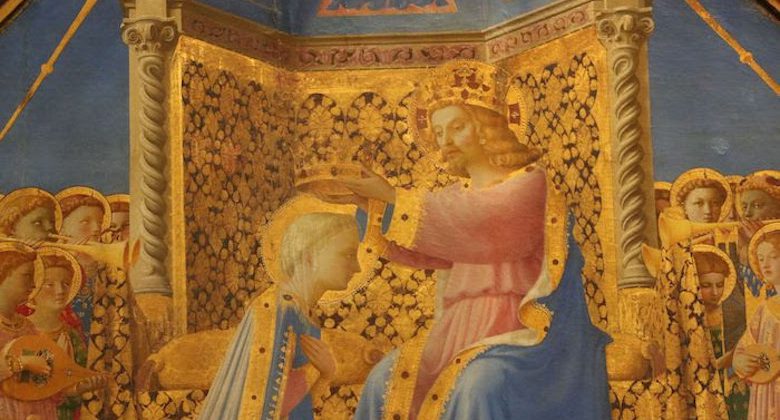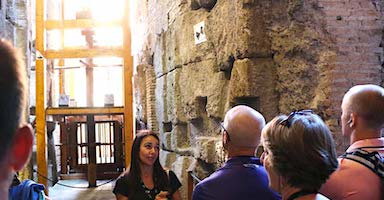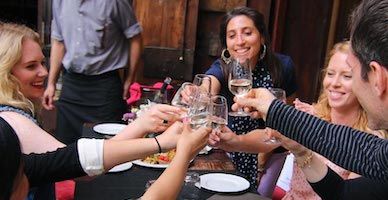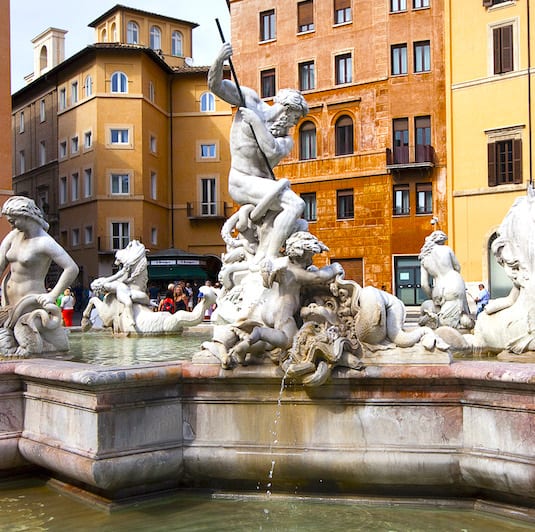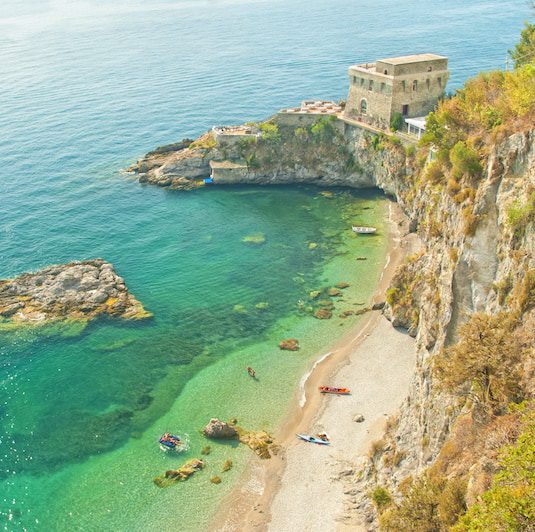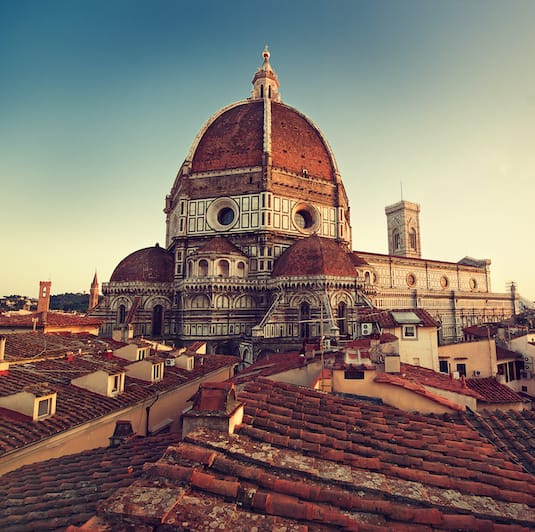If you visit Italy around August 15, you might notice that many shops are closed. Why is this? It’s Ferragosto. This ancient holiday celebrates the Assumption of the Virgin Mary and, for many, marks the start of summer vacations. Read our guide to find out more about the history of Ferragosto and how to celebrate.
What is Ferragosto?
While Ferragosto is held on the same day of the Assumption of the Virgin Mary into Heaven, the holiday has been celebrated long before that. The name comes from “Feriae Augusti,” a Latin name for the festivals of Emperor Augustus. Today, Ferragosto refers to both the public holiday on August 15 and the weeks of summer vacation that Italians usually take afterward.
The History of Ferragosto
The Ferragosto celebrations began in 18 BC, in celebration of a military victory and it was usually tied in with other summer festivities. It was also an opportunity for many to rest after long months of agricultural labor during the harvest. Like many other Catholic holidays, the Assumption purposefully coincides with these Pagan summer holidays because Ferragosto was so popular that the church couldn’t suppress the celebrations.
Originally, the day was celebrated with horse races. If you’re visiting Siena, you’ll see the tradition carried on in the Palio dell’Assunta. This horse race, which is one of Italy’s most famous sporting events, and the August race dates back to the early 18th century.
During the fascist regime, subsidized trips and train fares were offered to the lower classes on the holiday, enabling them to travel to other cities, the seaside, or mountain resorts. Although the policy has been discontinued, discounted train fares and vacation over the long weekend is still common today.
How is Ferragosto celebrated?
If you’re in Rome during Ferragosto, you’ll notice that much of the city tends to disappear. As it is a public holiday, most of the city shuts down and Italians generally use this long weekend to go on vacation and leave the city. Shops and public transportation will be closed, as well as many restaurants. You may want to plan where you eat ahead of time.
Although much of the city is closed, many cultural sites are still open. While you won’t be able to visit the Vatican, as the Assumption is a Holy Day of Obligation and requires mass, there are plenty of other places to spend your day, even landmarks like the Colosseum and the Pantheon. It’s the perfect day to learn more about Rome’s rich history and see the city.
Another way to celebrate is the Gran Ballo di Ferragosto. This city-wide party fills the streets with dancers. Different styles of dance can be found in every corner and piazza. Participation is encouraged and performances range from school-aged children to professionals.
Popular Rome Tours
Likely to Sell Out
Colosseum Underground Tour with Roman Forum and Palatine Hill
This is our most popular Colosseum tour due to the incredible access to non-public areas like the underground chambers. All admissions are included and it is lead by an English speaking licensed guided and Colosseum expert.
See Prices
Here’s Where To Stay in Italy’s Most Popular Destinations
Rome, Florence, Venice, Amalfi Coast, and Capri
I Want More Italy!
- If you want us to arrange the entertainment in Rome (and beyond!), contact our Trip Planning Team to coordinate an unforgettable Italian experience.
- Check out our YouTube video and step-by-step guide about how to do Rome in a Day. If you’d rather let us guide you, check out our Rome tours.
- Not sure where to stay in Rome? Read this guide!
- Follow our adventures in Italy on Facebook, Instagram and YouTube. Then, comment and tell us what you want us to cover next.
- Looking for awesome tips for cities all over Europe? Check out The Tour Guy Travel Blog!


